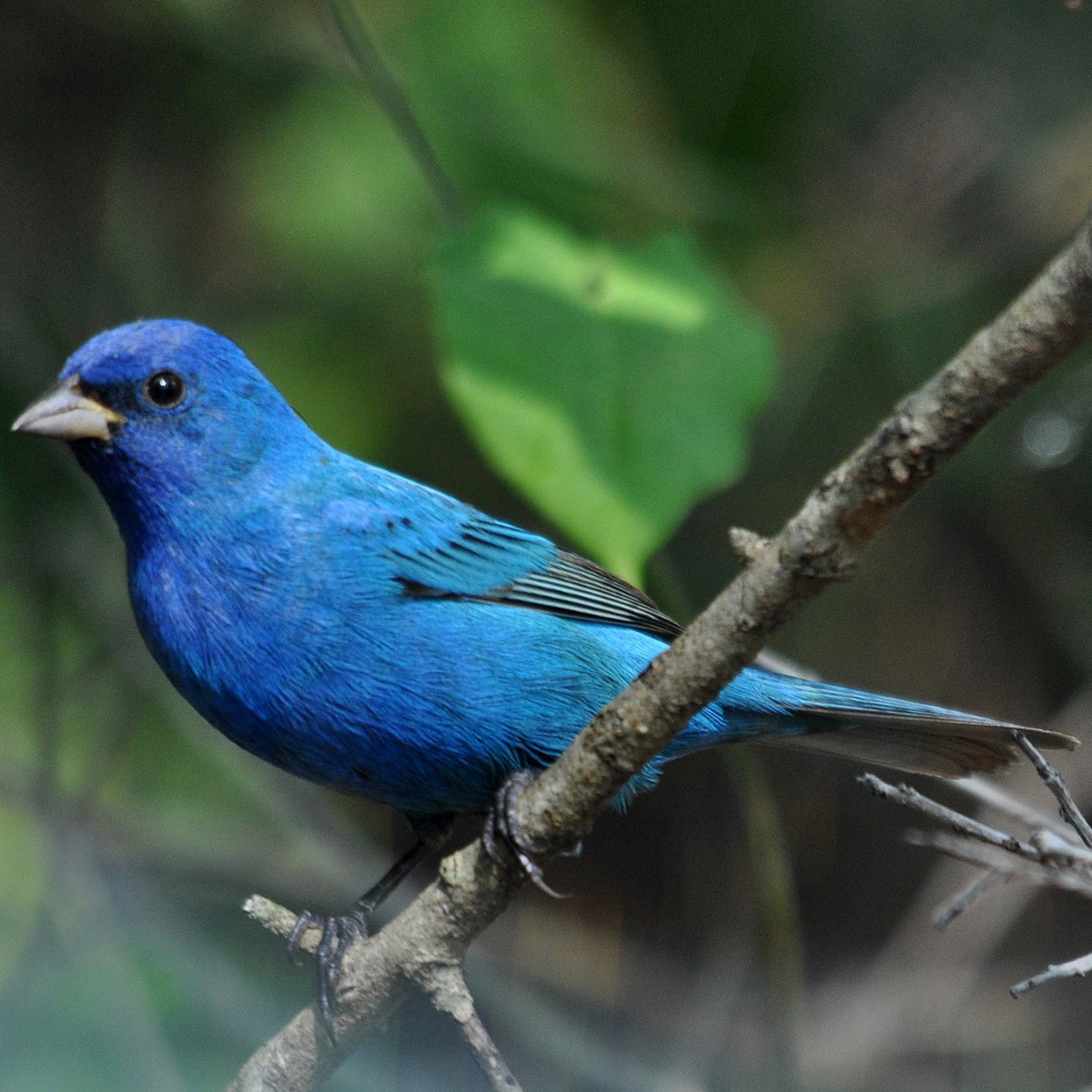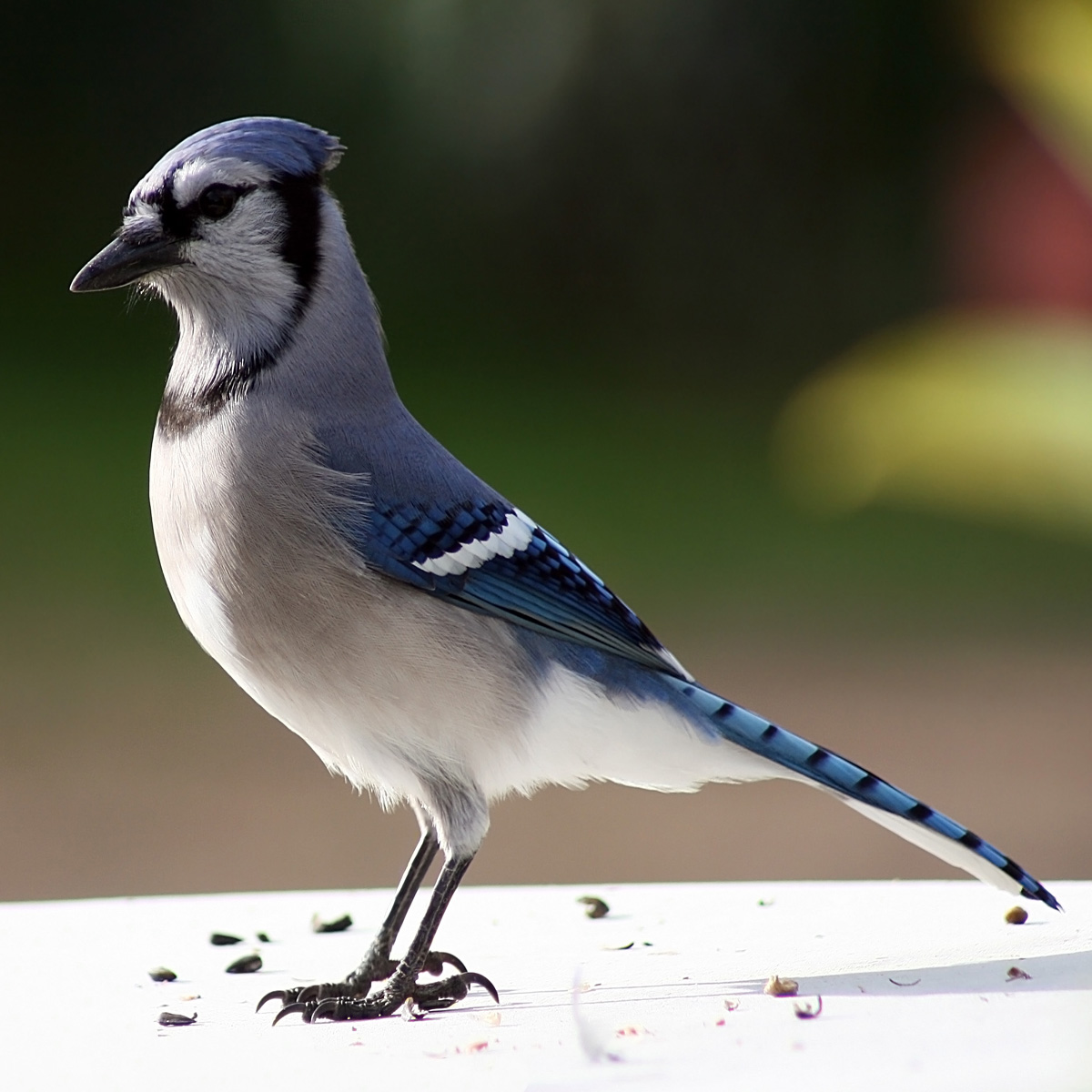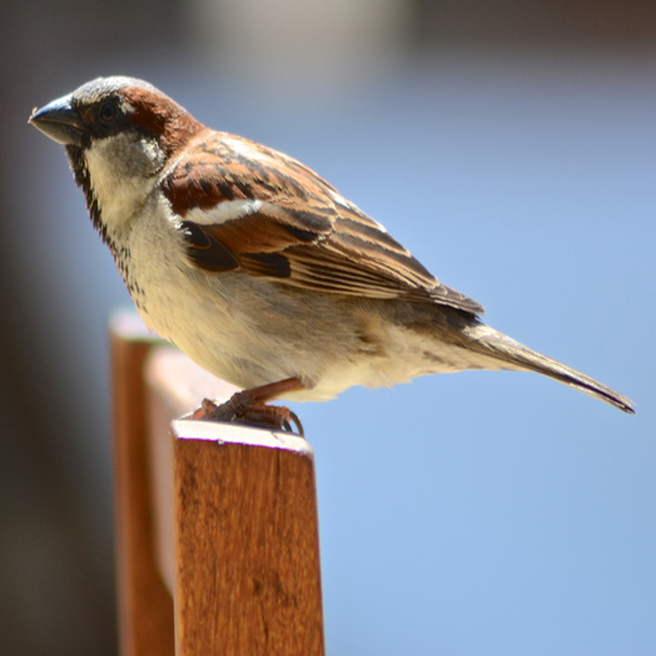The birds in your yard will depend on where you live (we’re really sorry, Pacific Northwest, no cardinals for you) and the time of year (i.e. spring and fall migration) as well as the available food nearby (i.e. crops in nearby fields, seed heads left on garden plants - which we highly recommend, btw, especially on native plants)
Wherever you are, both of our blends attract and are loved by ALL the seed-eating backyard birds.
Birds enjoy the seed either scattered on the ground (weather permitting), on platform feeders or in tube or hopper style feeders.
You can also make a pine cone bird feeder with our seed, just make sure you use a no-nut butter (like SunButter or Wowbutter - we’re not affiliated with them, we just love their products) instead of peanut butter.
Keep your feeders dry and clean (this is super important!). And, if you can, offer clean, fresh water for the birds as well.
Below are some of the most common (North American) birds you’re likely to see.
Enjoy your peanut free backyard full of birds.
Chickadee
Dear, sweet chickadee, how we love you so. There is nothing not to love about this reliably cheerful, friendly and inquisitive little bird. They will bless your yard and make you grin with their swooping flight patterns and joyful chirps and squeaks.
Junco
These elegant little snow birds tend to make their first appearance close to the first snow fall. Those beautiful silver and dark grey streaks they make as they fly about are a welcome and peaceful sight, even if the snow may not be.
Nuthatch
These tiny, quirky little birds are a joy to watch as they scurry down a tree trunk - top to bottom. Catching a glimpse of them at your feeder is a real treat. (our seed attracts both red and white breasted nuthatches, red breasted is seen above.)
American Goldfinch
They're beautiful. They're peaceful. They sing. They often bring (lots) of their friends with them. They tend to come and go for no obvious reason, but keep those feeders full, they'll be back before you know it. They're always welcome.
House Finch
When you look out and see a flock of goldfinches lounging (they really do sit and enjoy) while eating and spot a splash of red, you've likely been gifted with a house finch or a purple finch. Take a few moments to just watch and enjoy them.
Purple Finch
When you look out and see a flock of goldfinches lounging (they really do sit and enjoy) while eating and spot a splash of red, you've likely been gifted with a house finch or a purple finch. Take a few moments to just watch and enjoy them.
Indigo Bunting (Male)
What a gift if you spot this stunning, all blue fella passing through your yard. He'll stay for a few days while he's passing through (during migration months). Make sure you stop and watch him while he’s around, you'll be glad you did.
Pine Siskin
Is it a sparrow? A finch? A ? If a shimmer of yellow catches your eye and you're trying to figure out what you're looking at, it might just be a Pine Siskin. They're elusive little birds, there one month and not the next, so take time to watch and enjoy when you can.
Mourning Dove
We can't imagine being without the soothing, comforting sounds of these peaceful birds. They seem to reassure that everything will be ok, that it all works out in the end. No matter the day or the troubles, their song remains the same, thankfully.
Northern Cardinal (Male)
He's a shy, loyal fella. First you'll hear him - a glorious sound you'll afterwards never want to be without - then when you spot him, you'll know you've just been graced by something special. It’s an honour to have them (and their mates) in your yard.
Rose-breasted Grosbeak (male)
This member of the cardinal family loves our Something for Everyone blend as much as his Northern Cardinal relatives do. When he's not helping incubate his nest, his sweet song adds as much to a yard as his handsome markings do.
Blue Jay
The thing about having a peanut free yard is that it's a little less attractive to these handsome, but a little bossy, birds. Not so unattractive that one or two won't grace you with their beauty, but unattractive enough that they don't overstay their welcome.
Northern Cardinal (Female)
She's a beauty, spectacularly so. She and her mate (for life) prefer eating off the ground under the safety of a large tree, but they will also venture to platform and tube feeders. It’s an honour to have them (and their mates) in your yard.
Sparrow
These little songsters can overwhelm, but, we feel, you just need to learn how to live with them, the reliable sounds and sight of them are worth it. Leaving seed heads on plants (especially native ones) should help keep the balance, and seed in your feeders.















